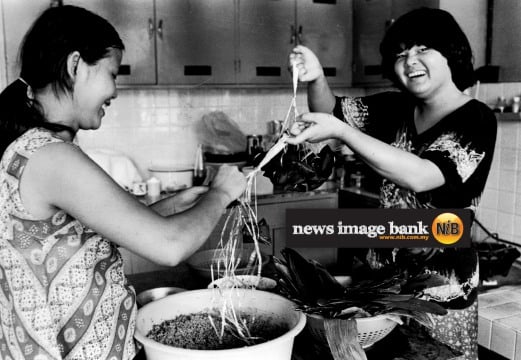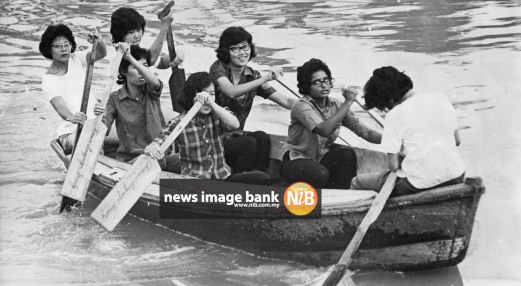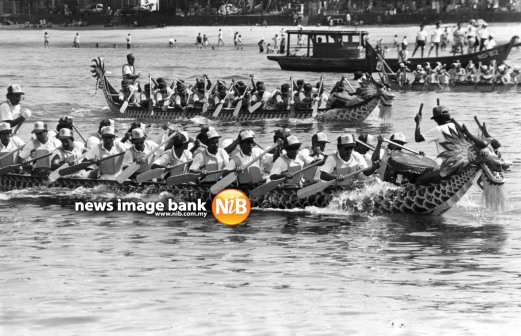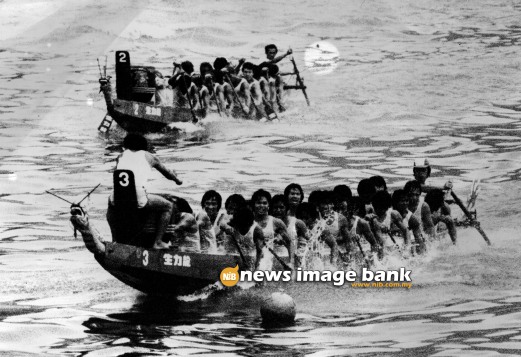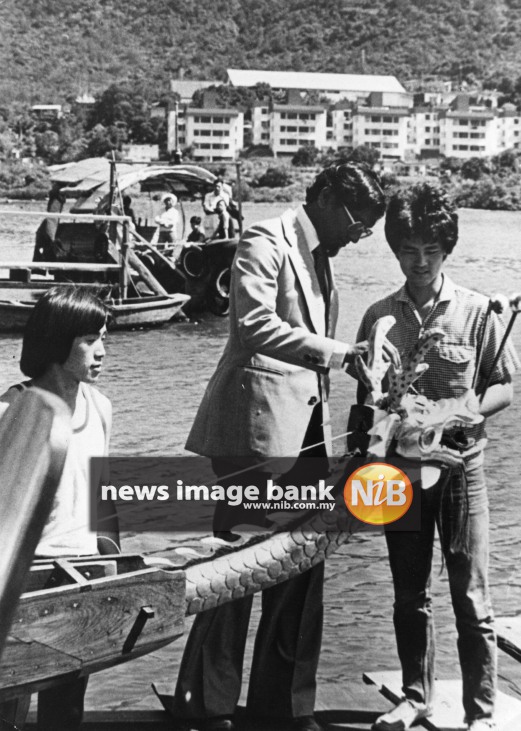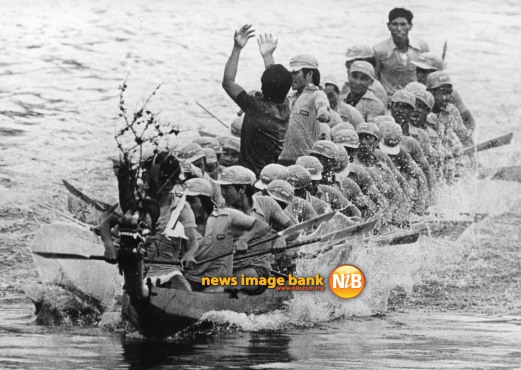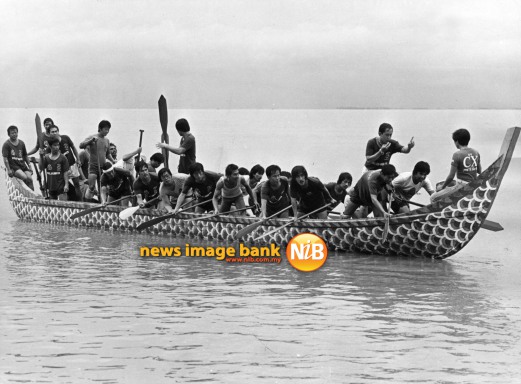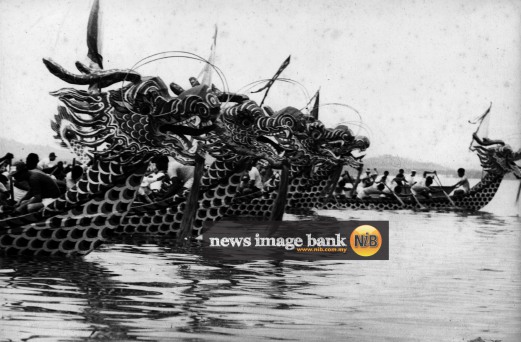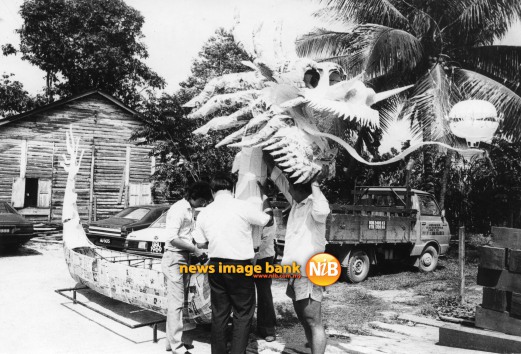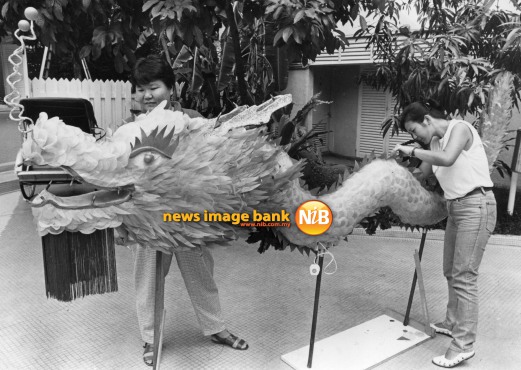The recent disappearance of Malaysian oil tanker, MT Orkim Harmony en route to Kuantan port, how the crew stood together, supporting each other and the teamwork shown in surviving the hijackers and their spirit reminded us of a festival celebrated by the Chinese community – the Dragon boat race festival.
The Duanwu Festival or Duen Ng, usually celebrated around May to June, is marked by an amazing event -- the dragon boat race.
Dragon boats can be looked as a paddling sport, a water sport with a heavy ancient folk ritual dating back around 2,000 years to its origins in China.
The race, joined by boats that are usually heavily decorated with dragon theme ornaments, are typically operated by 22-crew strong, with their own respective drummer and a sweep.
The 20-peddler-crew will sit facing the bow (where the drum is located) with the drummer facing the rowers while the sweep will be standing at the rear end of the boat.
Today, the Dragon boat no longer remains exclusive to Eastern culture but has gained popularity in the West too.
Despite having gone through some modernisation, people in China still retain some religious ceremonies and rituals based on their traditional customs in celebrating the Dragon boat Festival.


